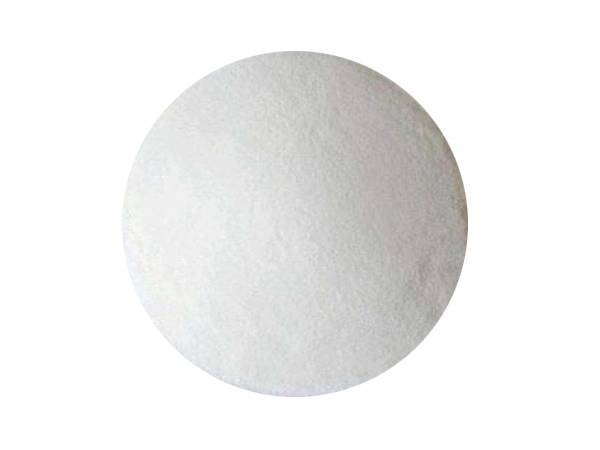



The Role of Caustic Soda in the Paper Production Process
The Role of Caustic Soda in Paper Making
Caustic soda, chemically known as sodium hydroxide (NaOH), is an essential compound in various industrial processes, and its significance in the paper-making industry cannot be overstated. This versatile chemical plays a crucial role in the pulping and bleaching stages of paper production, contributing to both environmental sustainability and economic efficiency.
Pulping Process
The first step in paper manufacturing is the conversion of raw materials, primarily wood, into pulp. Caustic soda is a key component in the kraft pulping process, which is one of the most widely used methods in the industry. In this process, wood chips are treated with an alkaline solution containing caustic soda and sodium sulfide. This mixture breaks down the lignin that binds cellulose fibers together in the wood, allowing for the extraction of cellulose, the primary material used in paper production.
The use of sodium hydroxide in this context helps to increase the yield of cellulose from the wood, ultimately enhancing the efficiency of the pulping process. Moreover, the kraft process is notable for its ability to produce stronger paper, as it preserves more of the cellulose fiber while removing the undesirable lignin. The resulting pulp is versatile and can be used to create various grades of paper, from newsprint to high-quality printing paper.
Bleaching Process
Once the wood has been pulped, the next step is bleaching, which aims to remove any remaining lignin and improve the whiteness and brightness of the final paper product. This is where caustic soda again proves its utility. It is often used in combination with other bleaching agents to achieve the desired color and quality.
Sodium hydroxide assists in breaking down the residual lignin and colored compounds in the pulp. By facilitating the oxidation and degradation of these substances, caustic soda enhances the effectiveness of bleaching agents such as chlorine dioxide and hydrogen peroxide. This not only contributes to producing brighter and more aesthetically pleasing paper but also reduces the environmental impact of paper production by minimizing the amount of harmful chemicals required for the bleaching process.
caustic soda in paper making

Environmental Considerations
The paper industry has been under scrutiny for its environmental impact, particularly regarding deforestation, water usage, and chemical emissions. However, the use of caustic soda in the production process can mitigate some of these concerns. For instance, the kraft process, which employs sodium hydroxide, is known for its closed-loop system. This means that the cooking chemicals can be recovered and reused, significantly lowering the quantity of chemicals released into the environment.
Additionally, the presence of caustic soda facilitates the recycling of papermaking chemicals, reducing the overall need for raw materials. This closed-loop process contributes to a more sustainable approach to paper making, reducing waste and conserving natural resources.
Economic Impact
In addition to environmental benefits, the use of caustic soda in paper manufacturing also has positive economic implications. By improving the efficiency of both the pulping and bleaching processes, caustic soda helps to lower production costs. This is essential in a highly competitive market where profit margins can be tight.
Furthermore, the strength and quality of paper produced through processes using sodium hydroxide can lead to greater customer satisfaction and increased market value. This is particularly true for premium products, where consumers are willing to pay a higher price for quality.
Conclusion
In summary, caustic soda is a vital component in the paper-making industry, significantly impacting both the efficiency of production and the quality of the final product. Its role in the pulping and bleaching processes not only enhances the mechanical properties of paper but also contributes to more sustainable practices by reducing chemical waste and promoting recycling. As the industry continues to innovate and adapt to environmental challenges, the importance of caustic soda is likely to grow, solidifying its status as a key ingredient in the future of paper manufacturing.
-
Why Sodium Persulfate Is Everywhere NowNewsJul.07,2025
-
Why Polyacrylamide Is in High DemandNewsJul.07,2025
-
Understanding Paint Chemicals and Their ApplicationsNewsJul.07,2025
-
Smart Use Of Mining ChemicalsNewsJul.07,2025
-
Practical Uses of Potassium MonopersulfateNewsJul.07,2025
-
Agrochemicals In Real FarmingNewsJul.07,2025
-
Sodium Chlorite Hot UsesNewsJul.01,2025










